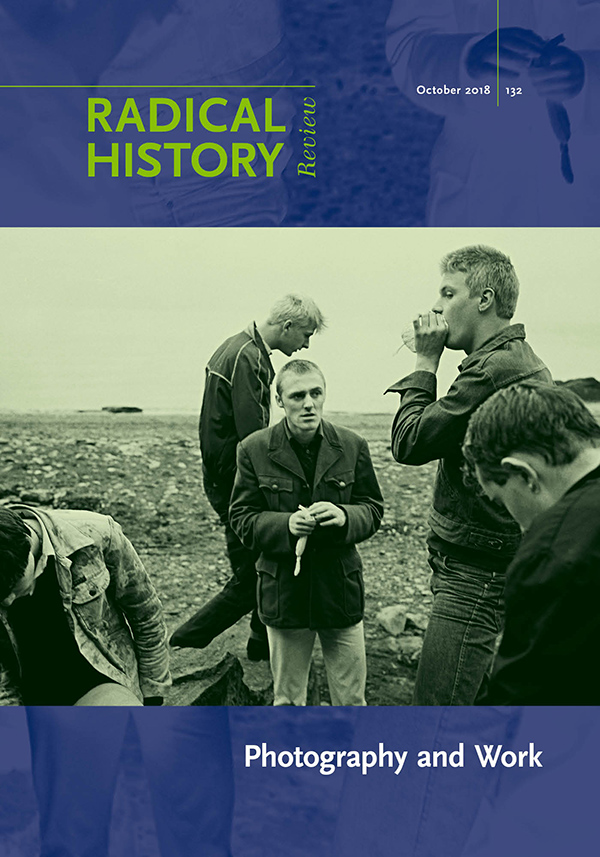In this article, we ask what makes photographs different from other kinds of historical source material. What can photographic images do that other documents cannot? And what traps lie in wait for the historian using the visual record? Our more fundamental concern, however, is with the capacity of photography to capture labor and capital. Photographs are of the concrete and specific; but capital abstracts, rendering equivalent that which was once concrete. Can photographs help us to see how capitalism works? Here we consider the ways that photography has been central to both the expropriation and exploitation of labor and to the artistic critique of these practices. We argue that photography documents and artistically refigures the various things—nature, work, and caring communities—that capitalism needs to continue generating surpluses in a finite world.
Publication Type
- Article



